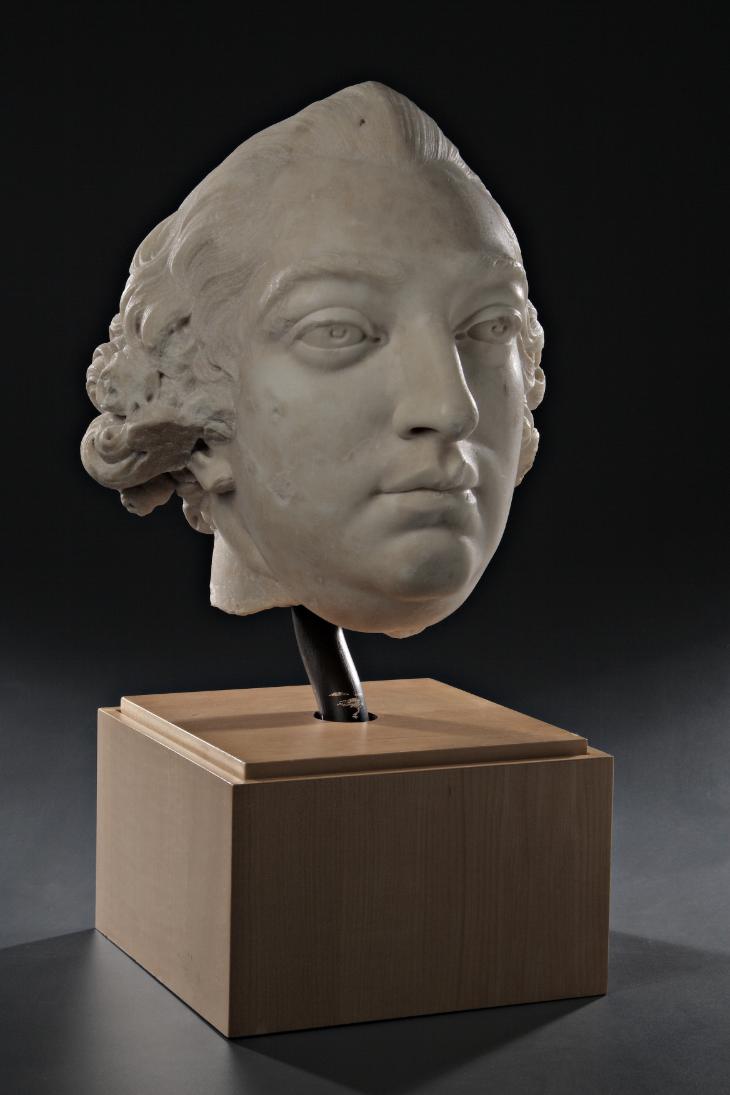The Triumph of the Suffolk Resolves
The Suffolk convention included the Quebec Act among its complaints:
the late act of parliament for establishing the Roman Catholic religion and the French laws in that extensive country, now called Canada, is dangerous in an extreme degree to the Protestant religion and to the civil rights and liberties of all America.In Philadelphia Samuel Adams was taking steps to dispel his image as a religious zealot, but it was still quite acceptable to be anti-Catholic. Indeed, fighting “popery” was an element of British patriotism.
New grievances arose in just the few days between the two conventions. The Suffolk Resolves complained about how “it has been recommended to take away all commissions from the officers of the militia”—a suggestion from William Brattle that became public on 1 September. Also about “the fortifications begun and now carrying on upon Boston Neck”—Gen. Thomas Gage’s response to the militia mobilization on 2 September.
The Middlesex convention urged people not to cooperate with the court system under the Massachusetts Government Act. The Suffolk convention went further to endorse non-consumption of goods from Britain, as the Solemn League and Covenant promoted:
That until our rights are fully restored to us, we will, to the utmost of our power, and we recommend the same to the other counties, to withhold all commercial intercourse with Great-Britain, Ireland, and the West-Indies, and abstain from the consumption of British merchandise and manufactures, and especially of East-Indies, and piece goods, with such additions, alterations, and exceptions only, as the General Congress of the colonies may agree to.Probably the most important difference between the Suffolk Resolves and the output of all the other Massachusetts county conventions, before and after, was the connection with that “General Congress,” or First Continental Congress.
The Massachusetts delegates to the Congress presented the Middlesex Resolves to the Congress on 14 September. The Congress’s bare-bones record says simply that they “were read.”
Dr. Joseph Warren, the man who drafted the Suffolk resolutions, had Paul Revere carry a copy to the Massachusetts delegates in Philadelphia. Revere left Boston on 11 September and arrived on the 16th, also bringing more solid news about the state of the province after the “Powder Alarm.”
On 17 September, the Congress heard the Suffolk Resolves and then unanimously voted to endorse them. Rumors of British military action had alarmed delegates the week before. They could have criticized the Massachusetts Patriots for overreacting and heightening the tension further. But instead in this resolution they praised the province’s “firm and temperate conduct.”
The Congress had the entire text of the Suffolk Resolves and the Suffolk convention’s message to Gov. Gage entered into its records, and had secretary Charles Thomson send the text to the Pennsylvania Packet to the reprinted.
John Adams called the 17th “one of the happiest Days of my Life.” Thomas Cushing wrote home to Dr. Warren:
They highly applaud the wise, temperate and spirited Conduct of our People. . . . These Resolves will, we trust, support and comfort our Friends, and confound our Enemies.Warren in turn had that letter printed in the 26 September Boston Gazette. The message was clear: This Congress was adopting Massachusetts’s cause.





